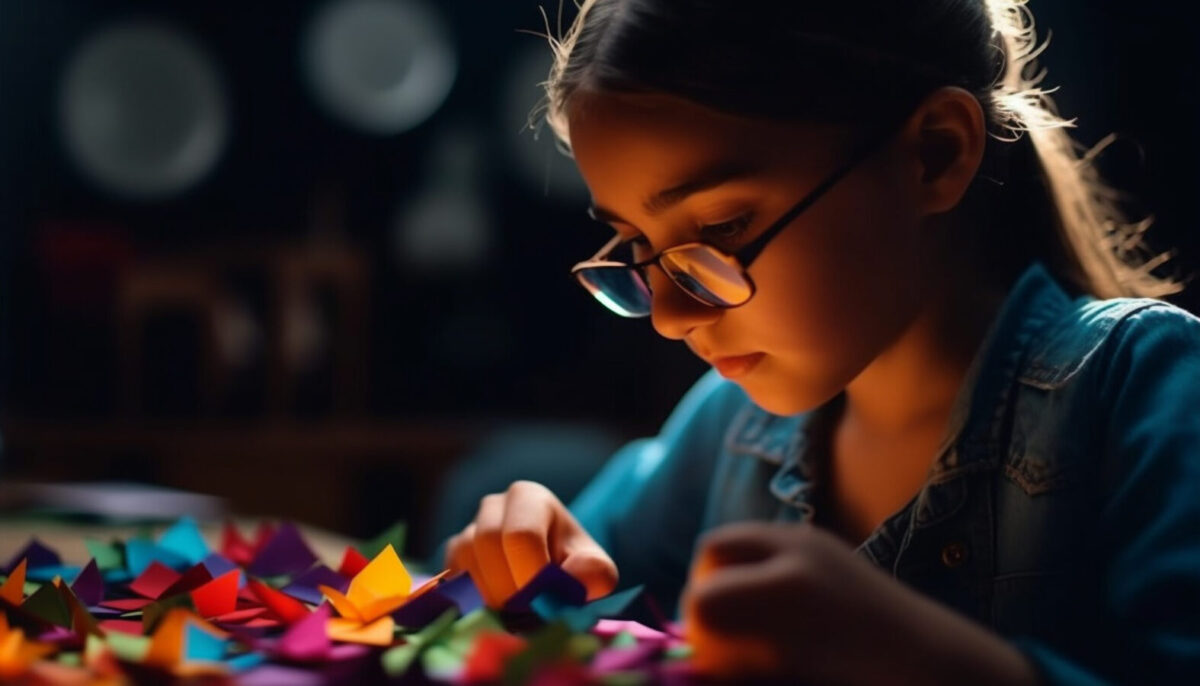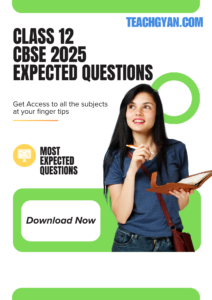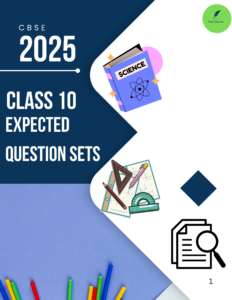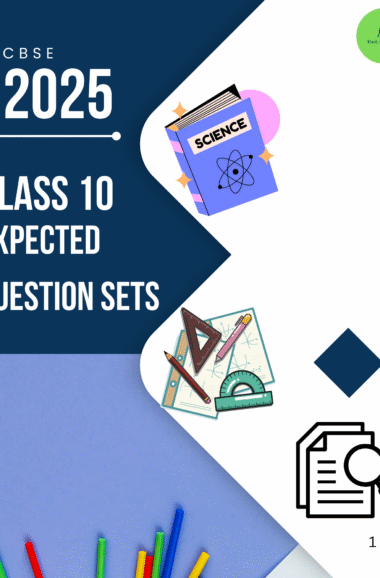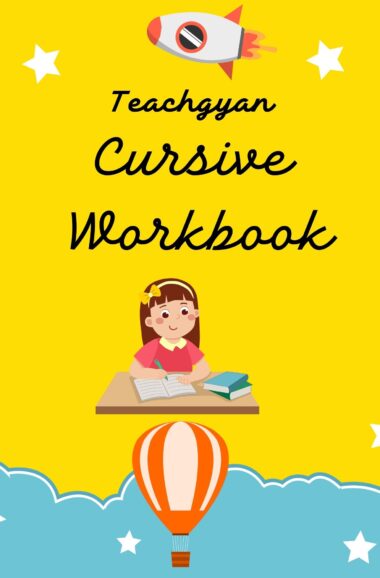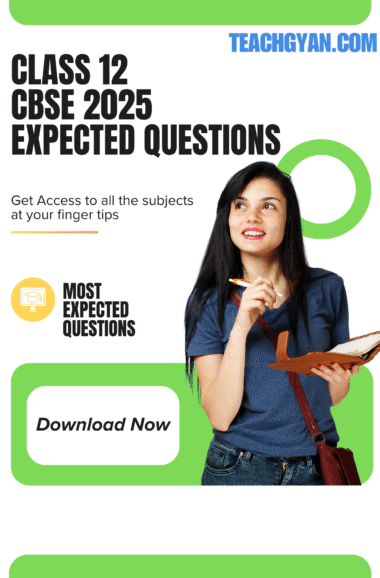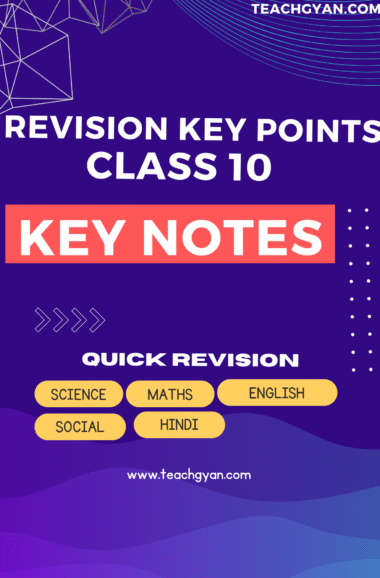Art Integration Projects involve blending different art forms, such as visual arts, performing arts, music, drama, dance, and movement, with academic subjects to create engaging and immersive learning experiences. The goal of these projects is to enhance students’ understanding of various subjects by tapping into their creativity and providing alternative avenues for expression and exploration.
In an art integration project, students actively participate in hands-on activities that require them to apply their knowledge, skills, and creativity across multiple domains. By combining traditional academic content with artistic elements, these projects stimulate holistic learning and often result in a deeper understanding of the subject matter.
Art integration projects promote interdisciplinary learning, enabling students to make connections between seemingly unrelated concepts. They encourage students to think critically, solve problems creatively, and communicate their ideas in diverse ways. These projects can vary in complexity, catering to different age groups and academic levels, and can span across subjects like science, history, literature, and more.
Through art integration, students not only absorb information but also actively engage with it, leading to improved retention and a greater sense of ownership over their learning. These projects foster a positive and dynamic classroom environment where students collaborate, experiment, and express themselves, ultimately enriching their educational experience and fostering a lifelong appreciation for both the arts and academics.
Subject: English
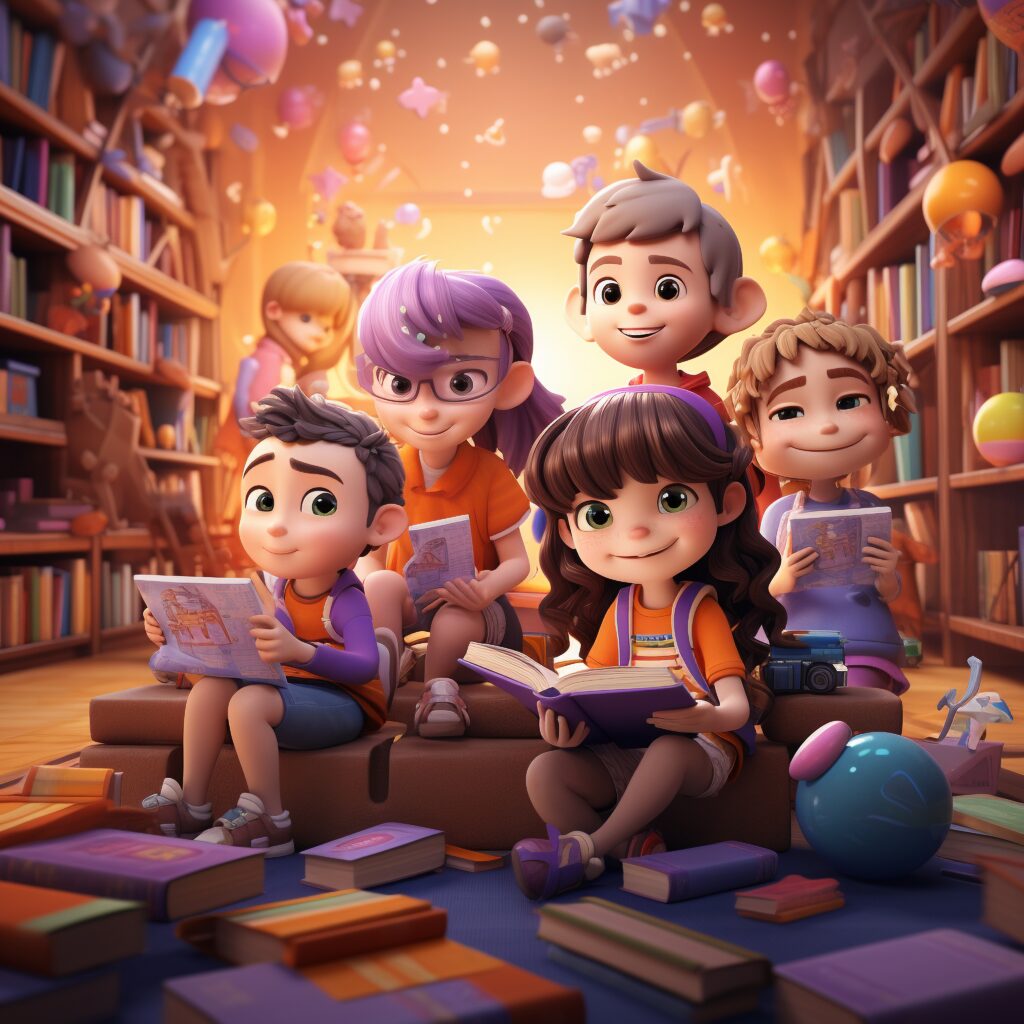
Art-Integrated Learning Activities for English Subject (Classes I to X)
Theme: Exploring Fairy Tales Across Different Art Forms
Class I – II:
Fairy Tale Collage and Storytelling
- Visual Arts: Students create collages depicting scenes from a chosen fairy tale using colored paper, magazine cutouts, and craft supplies.
- Performing Arts – Music: Vocal: Students learn and sing a simple song related to the chosen fairy tale.
- Creative Drama: Students engage in dramatic play to enact key moments from the fairy tale.
- Dance and Movement: Students create simple dance movements that reflect characters and events from the fairy tale.
Class III – IV:
Character Puppetry and Narration
- Visual Arts: Students design and create puppets of characters from a fairy tale using paper bags, felt, and other materials.
- Performing Arts – Music: Vocal: Students compose a short song or jingle that captures the essence of the chosen fairy tale character.
- Creative Drama: Students work in groups to create short skits featuring their puppets, showcasing the characters’ interactions.
- Dance and Movement: Students choreograph a group dance that tells a part of the fairy tale’s story.
Class V – VI:
Fairy Tale Radio Show
- Visual Arts: Students design posters for their “radio show,” incorporating elements from the fairy tale with a radio-themed twist.
- Performing Arts – Music: Vocal: Students write and record radio-style jingles related to different events or characters in the fairy tale.
- Creative Drama: Students create a script for a radio show that features interviews with fairy tale characters, analyzing their motivations and actions.
- Dance and Movement: Students incorporate rhythmic movements into their radio show to enhance storytelling.
Class VII – VIII:
Fairy Tale Remix – Modern Adaptation
- Visual Arts: Students create visual representations of characters reimagined in a modern setting or style.
- Performing Arts – Music: Vocal: Students compose lyrics and melodies for a song that reflects the themes of the fairy tale in a contemporary context.
- Creative Drama: Students work on scenes that depict how the characters would interact if placed in a modern-day scenario.
- Dance and Movement: Students blend traditional dance moves with modern dance styles to represent the fusion of past and present.
Class IX – X:
Fairy Tale Cinematic Trailer
- Visual Arts: Students design movie posters and promotional materials for a cinematic adaptation of the chosen fairy tale.
- Performing Arts – Music: Vocal: Students create a dramatic vocal piece that captures the tension and excitement of a movie trailer.
- Creative Drama: Students write and perform short monologues from the perspective of different characters, offering insight into their emotions and motivations.
- Dance and Movement: Students choreograph an intense dance sequence that embodies the climax of the fairy tale.
Assessment:
Students will be assessed on their creativity, understanding of the chosen fairy tale, integrating of different art forms, and effective communication of ideas. Assessment criteria may include the quality of visual art, vocal performance, dramatic expression, and dance coordination.
Note:
These activities aim to foster interdisciplinary learning by integrating English with various art forms. The choice of fairy tales and the specific activities can be tailored to the age and skill level of the students, as well as the curriculum’s learning objectives.
Class I: Visual Arts
Project Title: Geometric Shapes in Art
Subject: Mathematics
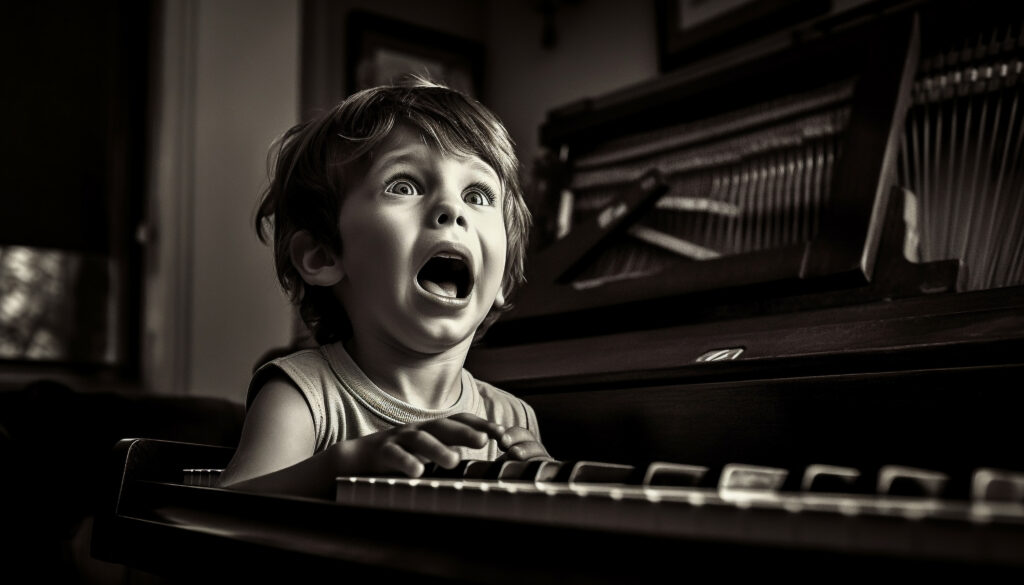
Description: In this project, students will explore various geometric shapes through art. They will learn about shapes such as circles, squares, triangles, and rectangles while creating their own artistic representations. The project will enhance their understanding of basic shapes and their properties.
Activities:
- Circle Collage: Students will create a collage using circular objects like bottle caps, paper cutouts, and buttons. They will arrange these objects to form a larger circle, promoting visual recognition of the shape.
- Square Mosaic: Children will design a mosaic using small square tiles or colored paper squares. This activity will help them recognize and differentiate squares from other shapes.
- Triangle Tree: Students will make a tree using triangular pieces of colored paper as leaves. This hands-on activity will develop their understanding of triangles.
- Rectangle Cityscape: Using rectangular pieces of colored paper, students will construct a cityscape with buildings and roads. This will reinforce their knowledge of rectangles.
Class II: Performing Arts – Music: Vocal
Project Title: Math Melodies
Description: In this musical project, students will learn about basic mathematical concepts through catchy songs and vocal exercises. The integration of music and math will enhance their memory retention and understanding of numbers and operations.
Activities:
- Number Song: Students will compose a simple song that helps their peers remember the sequence of numbers. They can add rhythm and melody to make it engaging.
- Addition and Subtraction Chant: Through rhythmic chants, students will practice addition and subtraction facts. This will turn learning these operations into a fun and memorable experience.
- Multiplication Round: Students will participate in a musical round where each student sings a multiple of a chosen number. This activity will reinforce multiplication tables.
- Fraction Harmony: Children will sing fractions (e.g., 1/2, 1/4) to different musical notes. This creative exercise will aid in understanding fractions as parts of a whole.
Class III: Creative Drama
Project Title: Math in Motion: Dramatic Explorations
Description: Through creative drama, students will bring mathematical concepts to life. They will engage in role-playing and scenarios that involve math, enhancing their comprehension and problem-solving skills.
Activities:
- Shape Charades: Students will play charades with geometric shapes. They’ll use body language and gestures to represent specific shapes, promoting shape recognition.
- Math Storytelling: Children will work in groups to create short stories that involve mathematical problems to solve. They will then perform these stories for the class.
- Time Travel Skits: Students will create skits that involve time-related concepts like telling time on analog clocks or understanding durations. This will enhance their time-related skills.
- Math Detective: Through dramatic role-playing, students will become “math detectives” who solve math-related mysteries. This activity will foster critical thinking and logical reasoning.
Please note that these project ideas are conceptualized based on the integration of art forms and mathematical concepts for each specified class level. Teachers may need to adapt and modify the activities to suit their students’ learning needs and abilities.
Class IV: Dance and Movement Project Title: Math Moves: Dancing with Numbers
Description: In this project, students will combine dance and mathematics to explore concepts such as patterns, symmetry, and measurements. Through choreographed routines and movement-based activities, they will deepen their understanding of math in a creative and physical way.
Activities:
- Pattern Dance: Students will create dance routines that incorporate patterns, like repeating steps or movements. They will learn to identify and perform different types of patterns.
- Symmetry Routine: Children will choreograph dance routines that showcase symmetry. They’ll mirror movements on both sides of their bodies, demonstrating the concept of symmetry.
- Math Measure Dance: Students will measure distances using their dance steps. They’ll create routines where they take specific numbers of steps to cover distances, reinforcing measurement concepts.
- Geometry Dance Fusion: Through dance, students will represent various geometric shapes using their bodies. They’ll collaborate to create a dance routine that transitions between different shapes.
Class V: Visual Arts Project Title: Math-inspired Art Gallery
Description: In this project, students will create artwork inspired by mathematical concepts. They will explore symmetry, tessellations, and other geometric principles while producing visually captivating pieces of art.
Activities:
- Symmetrical Drawings: Students will fold paper to create symmetrical designs. They will draw one half of an image, fold it, and transfer the design to the other half.
- Tessellation Art: Children will learn about tessellations (repeating patterns of shapes) and create their own tessellating designs using various geometric shapes.
- Fibonacci Art: Students will explore the Fibonacci sequence and its connection to nature. They will create artwork that depicts spirals, petals, and other patterns related to the sequence.
- Math-inspired Collage: Using images of geometric shapes, numbers, and equations, students will create collages that visually represent mathematical concepts they’ve learned.
Class VI: Performing Arts – Music: Vocal Project Title: Harmonic Math Tunes
Description: In this project, students will delve deeper into mathematical concepts through vocal music. They will compose songs that illustrate fractions, ratios, and proportions, making these abstract ideas more relatable and memorable.
Activities:
- Fraction Song Composition: Students will create songs that explain fractions. Each part of the song will represent a fraction, and they’ll sing about adding, subtracting, and comparing fractions.
- Ratio Rap: Children will write a rap song that uses metaphors and rhythm to explain ratios. They’ll perform the rap with accompanying beats.
- Proportion Serenade: Students will compose a melodious tune that exemplifies proportional relationships. They’ll sing about real-world scenarios where proportions are relevant.
- Decimal Duet: Through a duet performance, students will sing and harmonize decimals as they explore the transition from fractions to decimals.
Class VII: Creative Drama Project Title: Math Theatre: Dramatizing Equations
Description: In this dramatic project, students will use creative drama techniques to explore algebraic equations and mathematical concepts related to expressions and equations. They’ll enact scenarios that involve solving equations, making abstract math more tangible.
Activities:
- Equation Charades: Students will act out algebraic equations using gestures and expressions. Their classmates will guess the equation being depicted.
- Expression Skits: Children will work in groups to create short skits that illustrate mathematical expressions. They’ll use dialogue and actions to convey the meaning of the expressions.
- Equation Role-Play: Students will take on roles of characters facing mathematical challenges. They’ll engage in dialogues where solving equations becomes part of the storyline.
- Math Equation Improv: Through improvisational theatre, students will spontaneously create scenes where equations need to be solved. This activity will foster quick thinking and problem-solving skills.
Class VIII: Dance and Movement Project Title: Math Fusion Dance Spectacle
Description: In this dance project, students will combine different dance styles with mathematical concepts to create a dynamic dance performance. They’ll explore concepts like angles, transformations, and spatial relationships through choreography.
Activities:
- Angle Dance Routine: Students will create a dance routine where they incorporate different angles (acute, obtuse, right angles) into their movements, helping them understand angle measurement.
- Transformation Choreography: Children will explore transformations like translation, rotation, and reflection through dance movements. They’ll perform routines that demonstrate these concepts.
- Spatial Symmetry Dance: Students will choreograph a dance that showcases symmetry in movement. They’ll explore bilateral and radial symmetry while dancing in pairs or groups.
- Coordinate Dance: Using a large coordinate grid on the floor, students will create a dance routine that follows specific paths and patterns, enhancing their understanding of coordinates and graphing.
Class IX: Visual Arts Project Title: Mathematical Artistry: Exploring Conic Sections
Description: In this artistic project, students will delve into conic sections (circles, ellipses, parabolas, hyperbolas) through visual art. They’ll create artwork that represents these curves and their mathematical properties.
Activities:
- Circle Canvas Painting: Students will paint colorful circles on canvases, exploring the equations and properties of circles. They’ll also explore tangents and chords.
- Elliptical Art Installation: Children will work in teams to create an art installation with ellipses of various sizes. They’ll experiment with stretching and compressing ellipses while maintaining their mathematical characteristics.
- Parabolic Sculptures: Students will sculpt parabolic forms using materials like wire, clay, or paper. They’ll learn about the focus-directrix property of parabolas.
- Hyperbolic Collage: Using magazine cutouts, students will create a collage that visually represents the hyperbolic curves. They’ll explore the asymptotes and branches of hyperbolas.
Class X: Performing Arts – Music: Vocal Project Title: Math Harmonies: Melodic Calculus
Description: In this project, students will dive into more advanced mathematical concepts like calculus through vocal music. They’ll compose songs that illustrate differentiation, integration, and rate of change.
Activities:
- Derivative Duet: Students will create a duet that explains the concept of derivatives through lyrics. They’ll use metaphors to make the idea of rates of change relatable.
- Integration Anthem: Children will compose an anthem that represents the process of integration. They’ll use the melody to illustrate how integration adds up quantities over an interval.
- Calculus Ballad: Students will craft a ballad that tells a story involving calculus concepts. They’ll sing about slopes, areas, and curves in a creative and musical way.
- Graph Song: Through a group song, students will sing about various types of graphs and their applications in calculus. They’ll explain how graphs can represent functions and their behaviors.
These projects aim to engage students in the integration of art forms with mathematical concepts across various class levels. Teachers can adapt these ideas to suit their curriculum, student’s abilities, and available resources.
Subject: Science
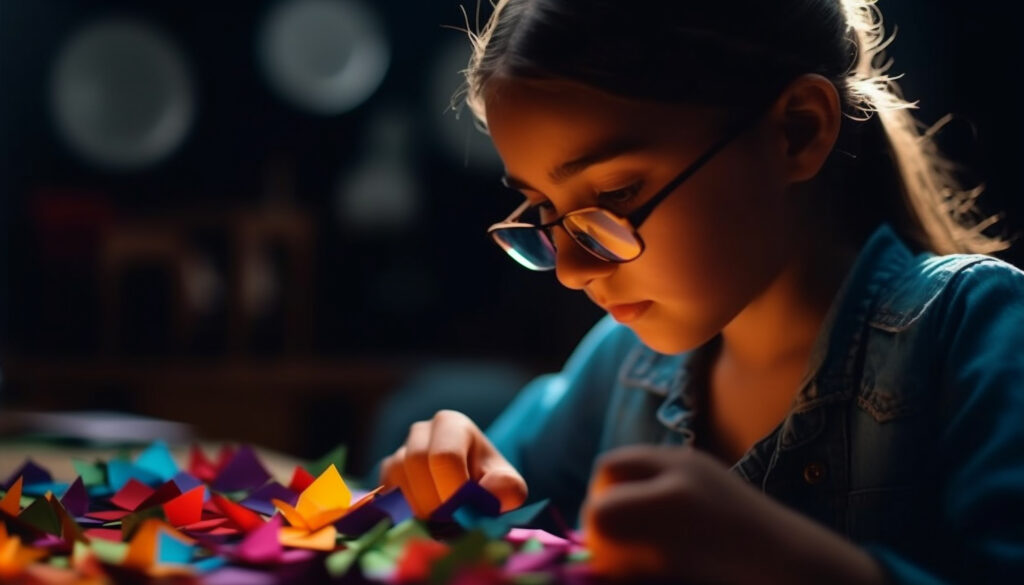
Subject: Science
Class: I
Activity 1: Exploring Colors in Nature
- Visual Arts: Have students observe and collect pictures of various natural objects that display different colors (flowers, leaves, fruits, etc.).
- Performing Arts – Music (Vocal): Create a simple song or rhyme about colors in nature, incorporating the names of different objects and their colors.
- Dance and Movement: Choreograph is a basic dance routine where students imitate the movements of different colored objects they observed in nature.
Class: II
Activity 2: Lifecycle of a Butterfly
- Visual Arts: Create a visual representation of the stages in a butterfly’s lifecycle using different art materials like paper, colors, and craft materials.
- Performing Arts – Music (Vocal): Compose a song that explains the various stages of a butterfly’s lifecycle and sing it as a group.
- Creative Drama: Students can enact the different stages of a butterfly’s lifecycle through simple dramatization.
Class: III
Activity 3: Solar System Creations
- Visual Arts: Students can create a visual representation of the solar system using various art techniques, showcasing different planets and their characteristics.
- Performing Arts – Music (Vocal): Compose a song where each planet’s unique features are sung in a rhythmic manner.
- Dance and Movement: Choreograph a dance performance where students embody the movements and characteristics of different planets.
Class: IV
Activity 4: Ecosystem Diorama
- Visual Arts: Design and construct a diorama depicting a specific ecosystem, showcasing plants, animals, and their interactions.
- Performing Arts – Music (Vocal): Create a musical narrative that accompanies the ecosystem diorama, highlighting the sounds and ambiance of the ecosystem.
- Creative Drama: Students can role-play various elements of the ecosystem, such as plants, animals, and environmental factors, to understand their interdependence.
Class: V
Activity 5: Weather and Seasons Showcase
- Visual Arts: Craft a collage or visual representation showcasing different weather conditions and how they change throughout the seasons.
- Performing Arts – Music (Vocal): Compose a song that illustrates the changing weather and seasons, incorporating different musical elements for each season.
- Dance and Movement: Develop a dance routine that represents the movements and characteristics of different weather patterns.
Class: VI
Activity 6: Adaptations in Animals
- Visual Arts: Create a series of drawings or artworks that depict various animals and the unique physical features they possess for survival.
- Performing Arts – Music (Vocal): Write and perform a musical piece that highlights the adaptations of different animals, with lyrics that describe their specific traits.
- Creative Drama: Students can enact scenarios portraying how animals use their adaptations in different situations to enhance their survival.
Class: VII
Activity 7: Exploring Simple Machines
- Visual Arts: Craft a visual representation of different simple machines, highlighting their mechanisms and applications.
- Performing Arts – Music (Vocal): Create a rhythmic chant that explains the principles behind each simple machine and perform it as a group.
- Dance and Movement: Devise a dance routine that mimics the movements and actions associated with various simple machines.
Class: VIII
Activity 8: Cell Structure Artwork
- Visual Arts: Design a detailed artistic representation of a cell, showcasing its different organelles and their functions.
- Performing Arts – Music (Vocal): Compose a song that describes the functions of different cell organelles in a memorable and engaging manner.
- Creative Drama: Students can portray the roles of various organelles in a cell through creative role-play.
Class: IX
Activity 9: Environmental Conservation Campaign
- Visual Arts: Create posters or visual media advocating for environmental conservation and raising awareness about pressing ecological issues.
- Performing Arts – Music (Vocal): Write and perform a song that conveys the urgency of environmental conservation and the importance of collective action.
- Dance and Movement: Choreograph is a dance routine that communicates the beauty of nature and the need to protect it for future generations.
Class: X
Activity 10: Genetics and Heredity Showcase
- Visual Arts: Develop a visual representation that illustrates the concepts of genetics and heredity through creative and imaginative artwork.
- Performing Arts – Music (Vocal): Compose a song that simplifies the complex ideas of genetics and heredity, making them accessible to all.
- Creative Drama: Create short skits that depict how genetic traits are passed from one generation to another, helping students understand the principles of inheritance.
Subject: Social Science
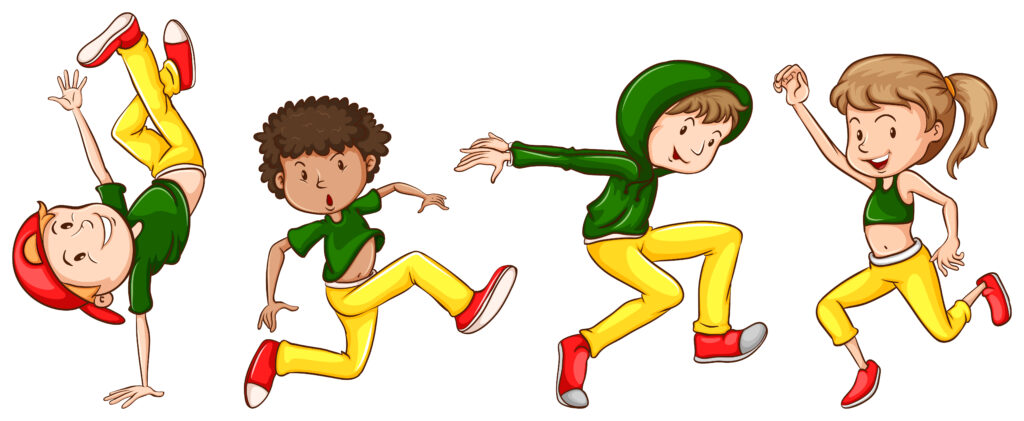
Class I: Exploring My Community through Art and Music
- Visual Arts: Have students create simple drawings or collages depicting various aspects of their local community such as houses, parks, schools, and people.
- Music: Vocal: Teach them a simple and catchy song related to the community, incorporating basic rhythm and melody.
- Creative Drama: Conduct a short role-play where students take on roles of different community members and act out interactions.
- Dance and Movement: Choreograph a simple dance routine that reflects daily activities in their community.
Class II: Our Environment and Its Beauty
- Visual Arts: Guide students to draw or paint different elements of nature they find in their surroundings.
- Music: Vocal: Teach them a song about the beauty of nature, using different vocal tones to express different aspects.
- Creative Drama: Develop a short skit where students play characters like animals, trees, and water bodies, emphasizing their importance.
- Dance and Movement: Create a dance sequence that imitates the movements of various animals or natural elements.
Class III: Diversity and Culture in India
- Visual Arts: Instruct students to make a collage or poster showcasing diverse cultural elements from different states or union territories of India.
- Music: Vocal: Introduce a folk song from a specific state or union territory and teach students to sing it in a group.
- Creative Drama: Organize a mini-play where students enact scenes representing different festivals or cultural practices.
- Dance and Movement: Teach a regional folk dance that is representative of one of the states or union territories.
Class IV: Historical Monuments and Stories
- Visual Arts: Have students recreate historical monuments using drawing or craft techniques.
- Music: Vocal: Teach a song that narrates the story of a famous historical event or figure.
- Creative Drama: Create a dramatic presentation based on a historical event, incorporating dialogues and emotions.
- Dance and Movement: Choreograph is a dance that portrays the journey of a historical figure or event.
Class V: India – States and Capitals
- Visual Arts: Ask students to design a creative map of India, highlighting each state and its capital with artistic elements.
- Music: Vocal: Introduce a musical piece that combines rhythms inspired by different regions’ traditional music.
- Creative Drama: Organize a play where each student represents a different state and talks about its culture, history, and significance.
- Dance and Movement: Create a dance performance with elements from various regional dance forms.
Class VI: Ancient Civilizations and Art
- Visual Arts: Assign students to create artistic representations of artifacts from ancient civilizations like the Indus Valley, Mesopotamia, or Egypt.
- Music: Vocal: Teach a song that relates to the cultural and historical aspects of one of these ancient civilizations.
- Creative Drama: Create short skits that bring to life the daily activities, customs, and rituals of people from ancient civilizations.
- Dance and Movement: Choreograph a dance performance that portrays the myths or stories associated with a particular ancient civilization.
Class VII: Medieval History and Cultural Expressions
- Visual Arts: Have students design illuminated manuscripts or art pieces inspired by medieval art forms.
- Music: Vocal: Introduce a medieval-style choral composition or a song from a historical context.
- Creative Drama: Develop dramatic scenes set in medieval times, focusing on social hierarchies, trade, or cultural interactions.
- Dance and Movement: Create a dance routine inspired by the dance forms of medieval cultures.
Class VIII: Modern History and Social Change
- Visual Arts: Assign students to create a series of paintings depicting significant events from modern history, like the Indian Independence movement.
- Music: Vocal: Teach a song that resonates with themes of freedom, change, or unity.
- Creative Drama: Organize short plays that revolve around pivotal moments from the modern era, highlighting social and political changes.
- Dance and Movement: Choreograph a dance performance that symbolizes the struggle for independence or other significant social movements.
Class IX: Geography and Global Connections
- Visual Arts: Have students create world maps with visuals representing cultural diversity, trade routes, and geographical features.
- Music: Vocal: Introduce world music and teach a song that combines elements from different cultures.
- Creative Drama: Develop short dramatic pieces that explore the concept of globalization, cultural exchange, or environmental issues.
- Dance and Movement: Create a dance routine that blends movements from different cultures, reflecting global connections.
Class X: Civics and Contemporary Issues
- Visual Arts: Assign students to create visual art projects that address contemporary issues like gender equality, environmental sustainability, or civic responsibilities.
- Music: Vocal: Teach a song with lyrics that reflect the importance of civic engagement, human rights, or social justice.
- Creative Drama: Organize thought-provoking plays that explore topics like democracy, activism, or the role of media in society.
- Dance and Movement: Choreograph a dance performance that conveys a powerful message related to current societal challenges.
These projects not only integrate art and various aspects of Social Science but also encourage critical thinking, creativity, and a deeper understanding of the subject matter. Remember that the specific topics and themes should align with the curriculum and learning objectives of each class.

